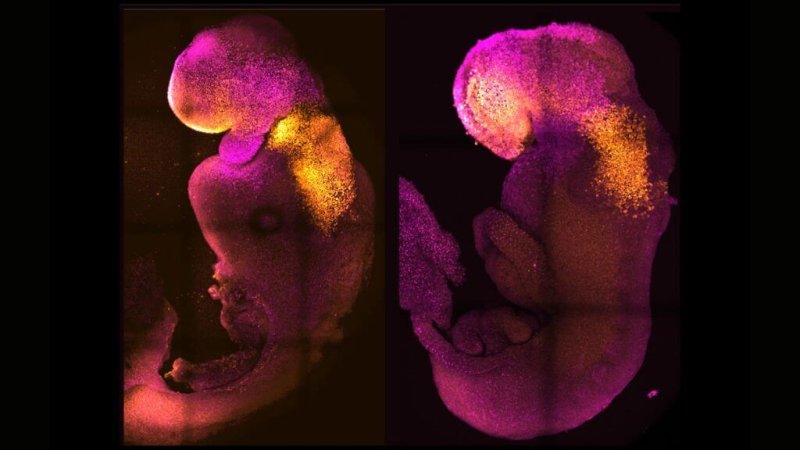In a search for novel forms of longevity medicine, a biotech company based in Israel says it intends to create embryo-stage versions of people in order to harvest tissues for use in transplant treatments.
The company, Renewal Bio, is pursuing recent advances in stem-cell technology and artificial wombs demonstrated by Jacob Hanna, a biologist at the Weizmann Institute of Science in Rehovot. Earlier this week, Hanna showed that starting with mouse stem cells, his lab could form highly realistic-looking mouse embryos and keep them growing in a mechanical womb for several days until they developed beating hearts, flowing blood, and cranial folds.
It’s the first time such an advanced embryo has been mimicked without sperm, eggs, or even a uterus. Hanna’s report was published in the journal Cell on Monday.
“The vision of the company is ‘Can we use these organized embryo entities that have early organs to get cells that can be used for transplantation?’ We view it as perhaps a universal starting point,” says Hanna.
Embryonic blood cells might be collected, multiplied, and transferred to an elderly person in order to reboot the immune system. Another concept is to grow embryonic copies of women with age-related infertility.































